TPS
Telica Predictive Solution
The TPS predictive monitoring system supports plant personnel in the improvement of the reliability of the valves and in the prediction of abnormal behaviour in order to avoid sudden failures. Therefore, with the implementation of the right intervention measures, the probability of plant shutdowns and maintenance costs are reduced. The TPS system is based on the vibrational analysis of the devices during their normal functioning, comparing similar or variable frequencies by installing vibration sensors and triaxial accelerometers. Our technicians, using diagnostic equipment or remote systems, inspect the operative valves and on the basis of the data collected they will be able to monitor performance degeneration, avoiding the onset of problems.
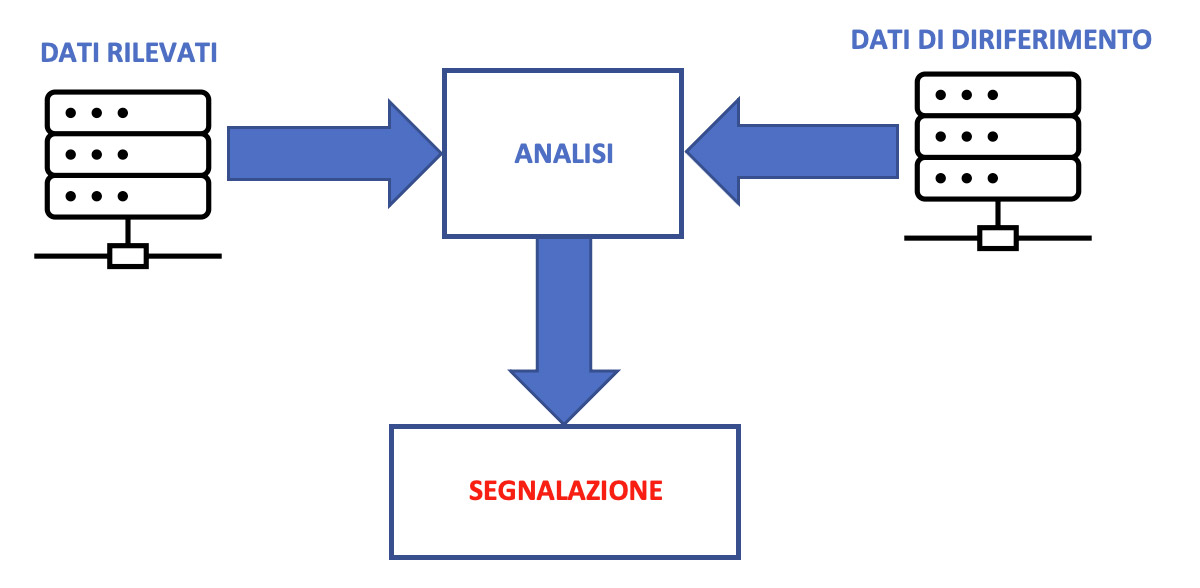
Thanks to Our TPS system it would be possible to:
- Detect all possible cases of valve malfunction (internal parts, actuators, flanges, instrumentation).
- Obtain a reduction of maintenance times and costs and plant downtime.
- Increase energetic efficiency thanks to a proper functioning of both the valves themselves and all the related instruments.
- Develop safety in plants by means of the reduction of work activities in dangerous areas.
- Operate directly in the field on both recent and old valves without disassemble them from their installation site.
- Supervise both manual and actuated valves of any date, type or brand.
- Take under control plant areas in the absence of power or data signals thanks to our self-sufficient gateway panels and radio / satellite systems.
- Improve maintenance programs by allowing targeted interventions and avoiding unnecessary costs. By drastically reducing the maintenance frequency for valves that operate in a good way, it will be possible to arrange a three-year one maintenance instead of an annual one.
The TPS solution is suitable for these three types of maintenance:
INVASIVE:
This solution deals with the replacement of the actuator of the already installed valves with a new intelligent actuator, equipped with a system that allows the detection of the data required for its monitoring in order to transmit them to the data center.
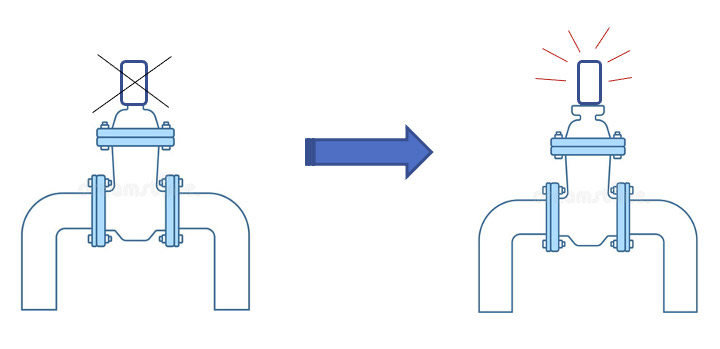
PREVENTIVE:
Preventive maintenance consists in the “manual” monitoring of the valves in the field by means of a special instrument equipped with the TPS system which detects the operating data on the basis of a previously programmed cycle. These data are then collected in a database and compared with the reference data, to establish the incidence in case of failures.
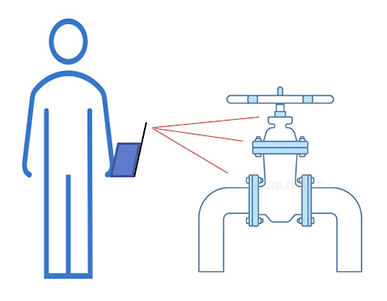
PREDICTIVE:
Thanks to this solution it would be possible to know in advance the occurrence of a possible failure. It essentially consists in the installation of special sensors on the valves, by which the operator can constantly monitor their functioning. The parameters detected by the sensors are transmitted and analyzed by our system, in order to let them visible on devices such as Smartphones, PDAs or laptops so that it would be possible to know in real time the moment in which the equipment run into an anomalous operating area. Through the knowledge of this informations it will therefore be possible to operate and prevent possible structural damages.
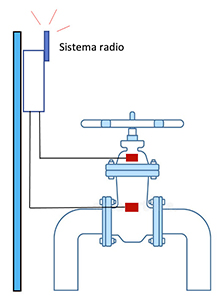
All three systems described above also allow you to:
Communicate with the staff through automatic e-mails.
Perform a data recording.
Display all collected data in real time on devices such as PC, Smartphones or Tablet.
Apparatures Interface Control Architecture
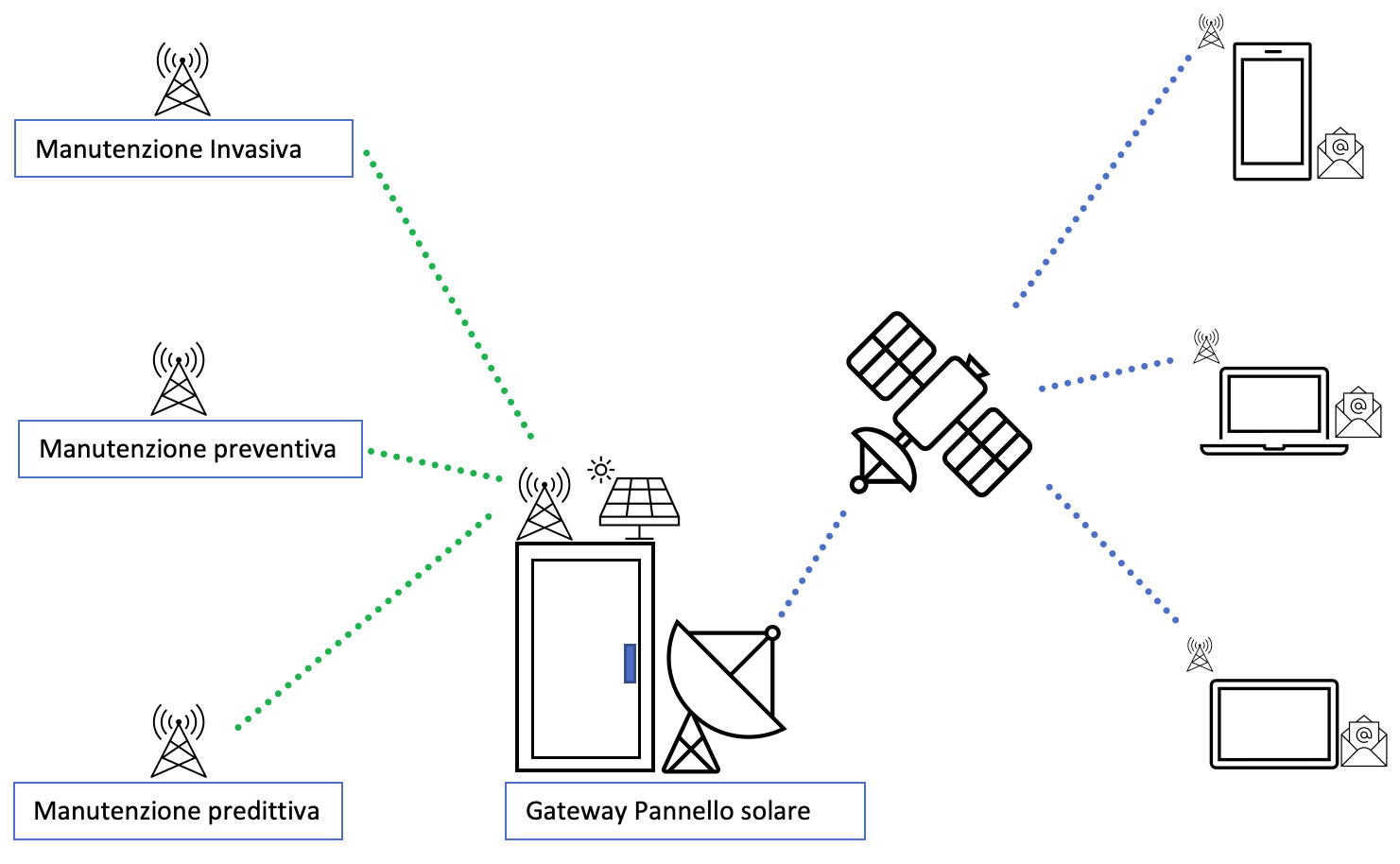
SAP/HMI Interface Control Architecture
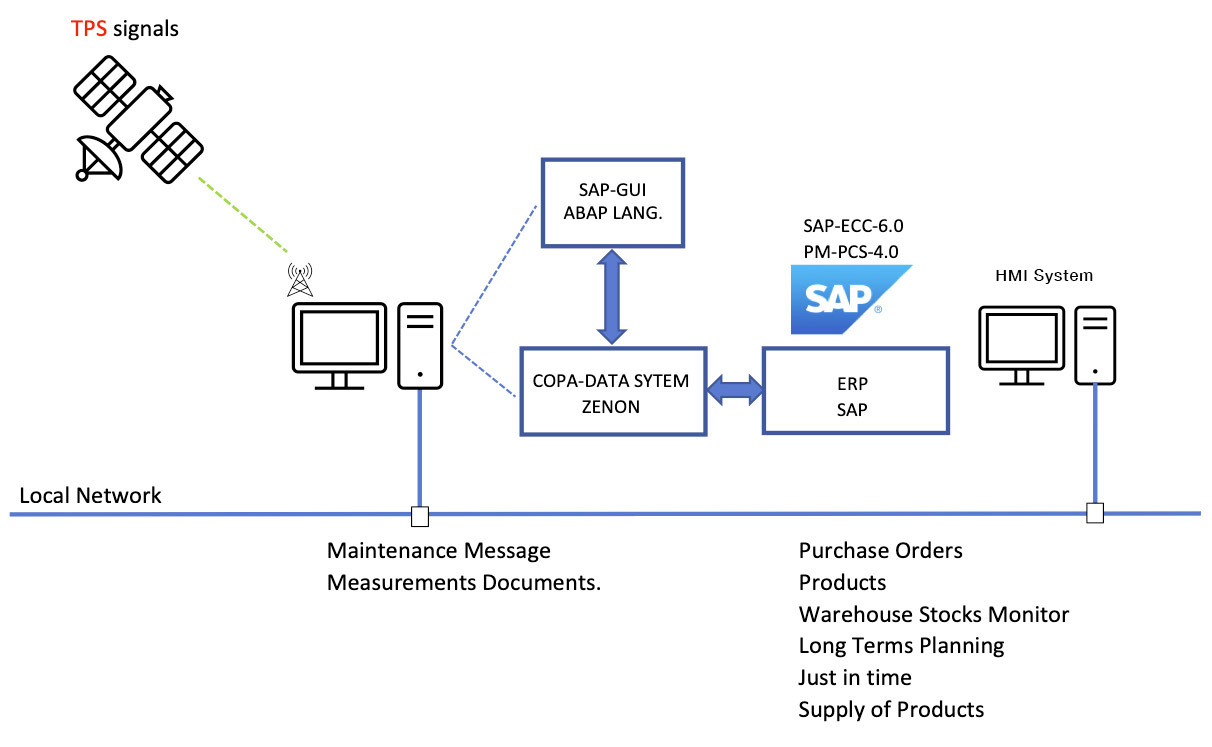
DEVELOPMENT PLAN:
- Analysis of the equipment to be monitored, recording of the most common issues and definition of the reference parameters.
- Acquisition of required data in order to develop the software of the TPS system, customized on the basis of customer’s specifications.
- Installation and commissioning including monitoring and system optimization.
- Settlement of an eventual long-term assistance and support plan.
NUMBERS:
- Hundreds Valves that can be monitored for each Gateway depending on their disposition in the field
- Thousands Square meters of radio coverage in the system.
- 70% Valves which require maintenance
- 50% Valves which reveal calibration problems
- 15% Valves that must be replaced
- 15% Valves subjected to structural damages
- 22% Valves that reveal declining and leakage issues
- 25% Valves that presented tightening problems



